Hallowed Waters: Fly Fishing the Catskills
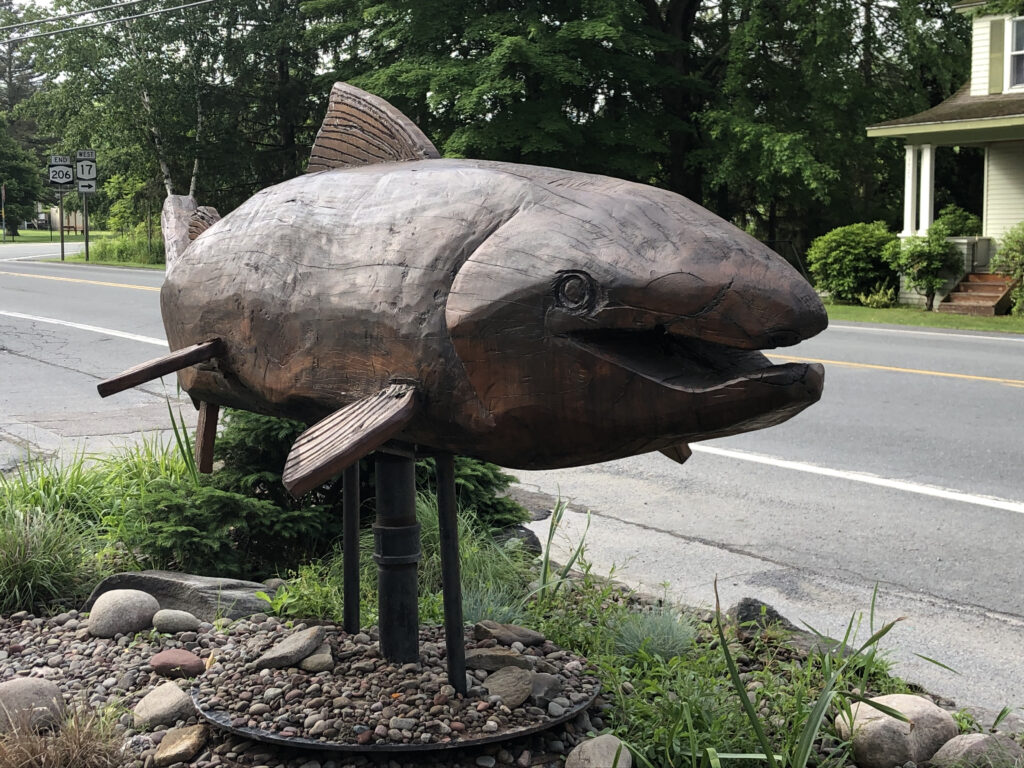
I think a seasoned angler, or one at least educated on its American beginnings, would likely rank the Catskills as the birthplace of American fly fishing. I am no historian on the origins of the pastime, and there are likely purists who will argue that it is dry fly fishing in the region that shaped this tradition in America. But I think anyone who has fished for trout in Roscoe, NY, will agree that it deserves the moniker of Trout Town, USA.
To begin with, the Catskill Fly Fishing Center and Museum is located there and many fly tyers have brought attention to the area, among them the Gordons, Dettes and Wullfs. This tradition is no doubt driven by the legendary status of trout waters such as the Beaverkill and the Willowemoc.
A Catskills Fly Fishing Road Trip

I was born in the early 60’s only 75 miles east of the Catskills, in Poughkeepsie, NY. But being the offspring of a mobile IBM family, I was not there long. I was also not groomed as a trout fisherman by my family – I hooked my first trout on a fly when I was 33 years old. It was nowhere near my birthplace, but rather in the British Isles, an earlier birthplace of fly fishing. That is when my fly fishing journey began, and I have avidly pursued trout species around the globe ever since. In fact, my first trout on the fly in America was reeled in on the Tulpehocken Creek in Reading, Pennsylvania, some ten years after I began fly fishing for trout. It would be at least another 15 years before I hooked my first trout on the fly anywhere near my birthplace, and of course, it would be on the hallowed waters of the Catskills.
I had ‘home alone’ status for a couple of weeks in June of 2021 and reached out to the Trout Unlimited Community Forum for advice as to which trout fishing destination I should consider in late June. Sifting through the numerous insights, a recommendation of the Catskills provoked an emotional reaction because of my birthplace. I also had not caught trout in New York State before, so I booked a campsite along the Beaverkill and headed out on an adventure.
As adventure goes for me, this would be a rustic expedition. I chose to be based in the Beaverkill State Park in Roscoe, and the term ‘camping’ in this case is loosely defined. I should begin by explaining that I do not camp often. After 25 years of working for the two leading hotel companies in the world, I have become soft. My accommodation at the State Park was a Tail Veil (basically a tarp) off the back of the tail gate of my SUV. I slept in a sleeping bag in the trunk with the back seats down and opened to the Tail Veil, which proved not to be ideal…but that is a story for another time!
The location, however, was ideal as it was well located to the epic trout waters for which Trout Town, USA is known. The Beaverkill was adjacent to my campsite; the Willowemoc was not far; and the West Branch of the Delaware River was 30 minutes away in Deposit. All three are included in the Trout Unlimited Guide to America’s Best Trout Streams, which was another factor in choosing this destination for my adventure.
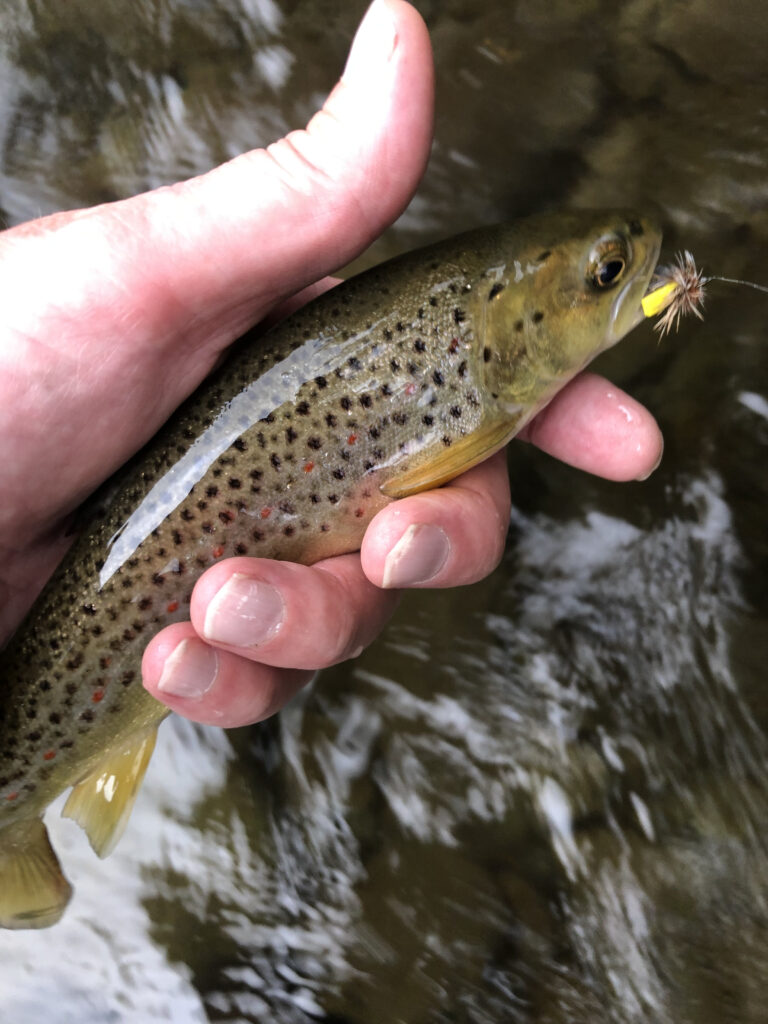

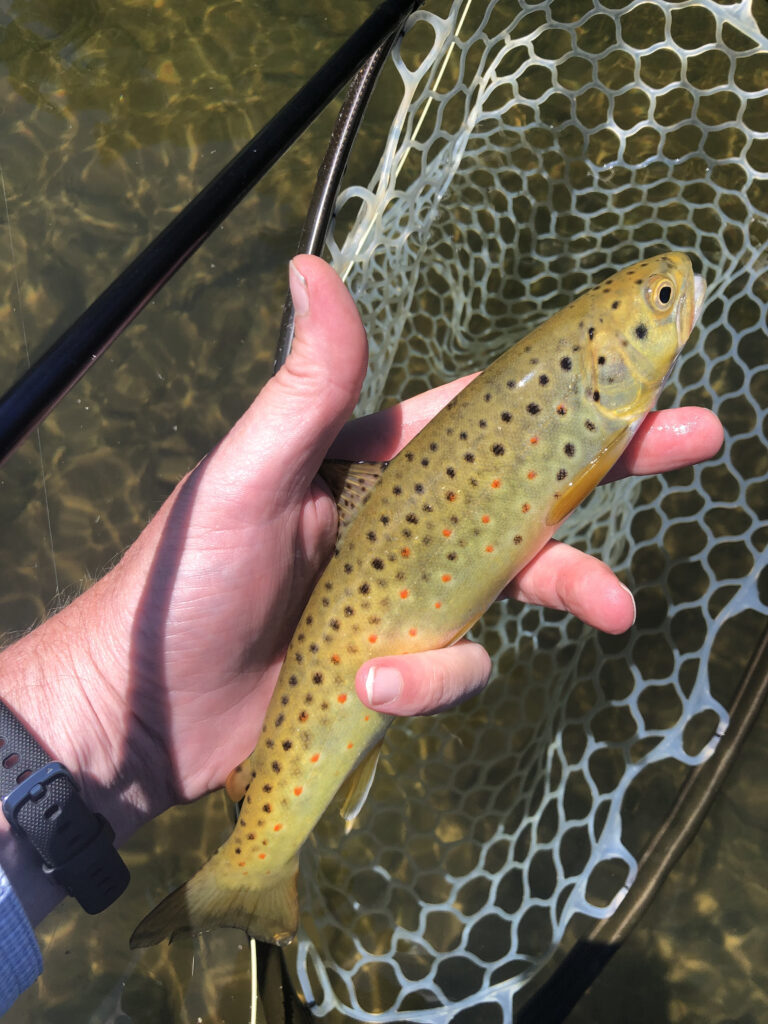
Fly Fishing the Catskills
I arrived on a Monday and promptly set off with a 4-weight fly rod and a Neversink dry fly pattern to try my luck on the Beaverkill. It did not take long for a wild brown trout to attack my fly. Each evening before sinking into my sleeping bag, I would spend half an hour cruising the river hooking up on hungry browns. It was fun.
I spent most of the next day exploring the Willowemoc Creek between Roscoe and Livingston Manor (referred to as the lower section). The Willowemoc begins in a hamlet that is the creek’s namesake 27 miles from Roscoe, where it joins the Beaverkill at the aptly named ‘Junction Pool’, which has legendary status in the trout fishing community. Sullivan County Democrat journalist, Ted Waddell, recorded the local lore of the Junction Pool as the spot where “the ‘two-headed trout’ didn’t know which way to go, whether up the Little Beaverkill or the Willowemoc, so it hung out in the Junction Pool” until it was caught by a ‘crafty fisherman’.
Apparently, you do not go to Trout Town, USA and not fish the ‘Junction Pool’. It is also the ceremonial fishing spot of choice for anglers on the opening day of each trout season, so I certainly had to check that box if for no other reason than to be able to report the occasion in my blog. For the record, I saw no “two-headed trout,” nor put any fish in the net at the Junction Pool.
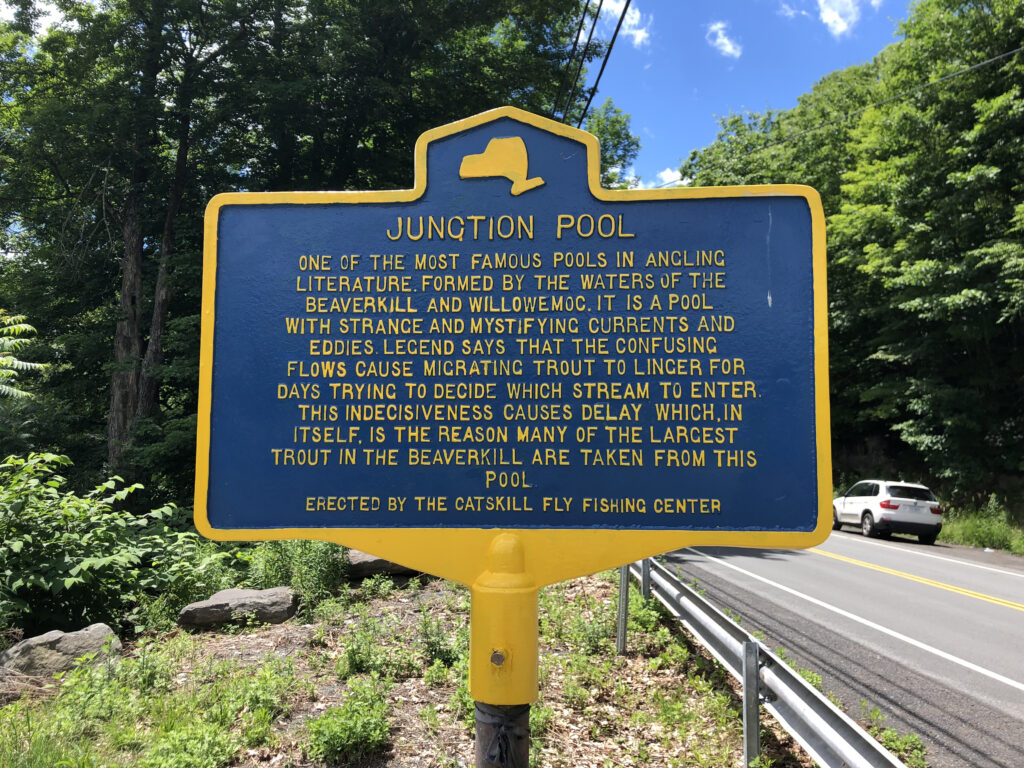
Another contributing journalist to the Sullivan County Democrat, Judy Van Put, documented that the origination of Willowemoc is Native American, from the Lenni Lenape, and translates as ‘the kettle that washes itself clean’, “because the spring freshets carry all the driftwood, etc. from its banks.” In my opinion, while the Willowemoc does feel like an intimate water relative to the Beaverkill, it should deserve more than “creek” status. It can be a fairly robust water in parts, particularly at Buck Eddy, where it takes on a dramatic and expansive appearance like much of the Beaverkill.
A good portion of the lower section of the Willowemoc parallels Old Route 17 and features many access points – maybe eight or nine before reaching Livingston Manor. I checked in on all of these, but did not venture much beyond Livingston Manor (as far as Dubuce) because the “Posted No Trespassing” signs became all too prevalent. My favorite access points included those at the Hazel power substation and the pools at the Catskills Fly Fishing Center.
After that, I ventured to the more expansive Beaverkill waters not far from Roscoe on my second day, including the aforementioned Junction Pool, Barnhardt Run, and Cairns Pool. At times, I felt like I was fishing the South Platte River outside of Denver, with the wide runs and riffles bisecting great forests. It is no wonder that the Beaverkill is considered by Beaverkill Books as “America’s most beloved and famous trout stream,” as it was impressive scenery at every access point. Journalist Red Smith of the New York Times remarked that “It can be said without irreverence that to celebrate Opening Day on the Beaverkill is a little like observing Christmas in Bethlehem.”
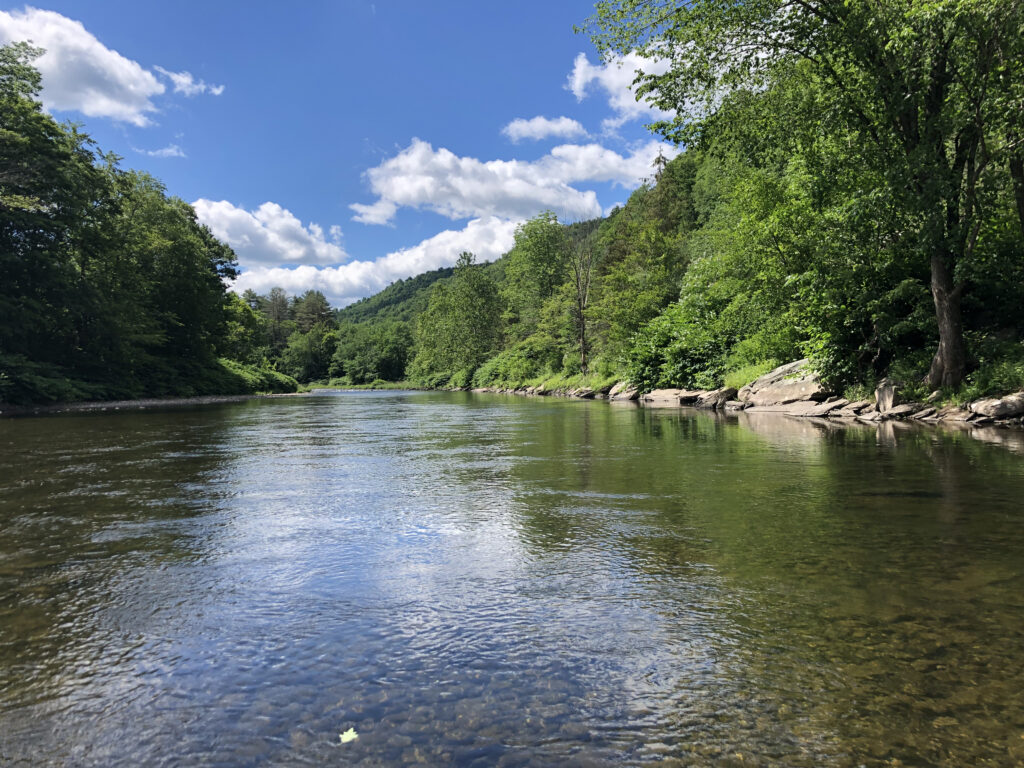
Over two days, I covered quite a bit of territory contained within a stretch of only five miles – but that is the beauty of the Beaverkill. The state of New York provides a lot of access to this water and you could probably spend half a week exploring the access points that I visited in a day. My favorite access point was at Cairns Pool (I realize that is a popular fishing spot and not at all ashamed to mention it) and I caught quite a lot of trout there on a hopper/dropper set up, with a beadhead pheasant tail pattern as the trailing fly. But there are many more spots that I was recommended that I hope to return to, including the Painter’s Branch and Cooks Falls.
For the last day of this adventure, I dedicated a few hours in the morning back at Cairns Pool on the Beaverkill before making the run up to Deposit to fish the West Branch of the Delaware. It was suggested to me that I arrive around 1pm to be ready for an early hatch. I arrived at the local fly shop to get advice on the best fly patterns and then headed to one of the access points that was recommended – the Pasture Pool north of Deposit.
It was still early for the hatch as evidenced by the absence of anglers, so I checked out a different access point downstream of Deposit called the ‘Geezer’s Pool’ at the Gentleman’s Club. Here the water is gentle and relatively shallow, but further downstream this evolves into brisk riffles and even further downstream are very deep runs. There was very little hatch activity and no takes on the flies, so I returned to the Pasture Pool.
At around 1:30pm, the angler traffic began in earnest, with about a dozen fly fishermen lining up on the opposite side of the river within 15 yards or so of the bank waiting for the hatch to begin. I began a conversation with another angler who told me that there were about three dozen on the water the day before lined up single file awaiting the hatch.
By 2pm a few sulphurs were hatching and fish began rising. I hooked up a small brown and the angler to my right quickly netted two larger browns of about 15 to 17 inches – both of us on sulphur patterns. Within 20 minutes the hatch shut down and all was quiet. By that time, I was aware that I had a long drive back to Virginia and packed up.
Overall, the experience was excellent. I did not catch trout in epic proportions, but I was not ashamed either. I had caught some reasonable numbers, all browns in many sizes, without a guide, although I did leverage the guidance of a few fly shops. I had also caught trout on all three of these iconic waters and had many great photos and stories to take back home from the adventure.
Did You Enjoy This Article?
Stay up to date with the Dark Skies Fly Fishing monthly newsletter for free and receive the latest posts in fly fishing news, tricks, tips, and techniques, stream reports, as well as updates on new flies added to the Online Store and exclusive discounts!
Sign Up NowHave a fly fishing question you’d like answered? Drop us a line at info@darkskskiesflyfishing.com! If we use your question in a blog post or in the newsletter, we’ll send you a FREE fly box with a dozen of our favorite nymphs and dry flies!
